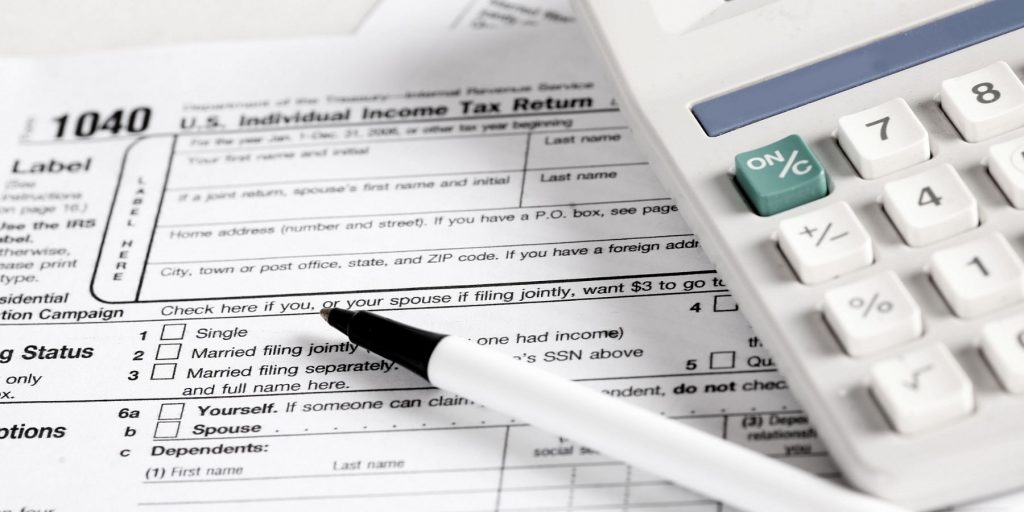Retirees will have a compelling option in I bonds, and astute investors will recognize its value. Consider the May 2024 I bond composite rate of 4.28%. This signifies a secure and attractive return, especially for retirees focused on preserving their capital.
The assurance of consistent asset appreciation makes I bonds even more appealing. The enthusiasm is evident as investors eagerly queue up to acquire them. I bond sales surpassed a staggering $4.2 billion—a historic achievement for any January since the inception of I bonds in 1998 (2).
We will explore whether they are I Bonds a good investment for seniors.
U.S. Savings Bonds History

The U.S. Treasury introduced savings bonds in 1935 to promote savings and support the government. Paper bonds are nearly obsolete. Bonds are now available for purchase online.
Today, there are two types: Series EE and Series I. Series EE offers a fixed rate and doubles in value over 20 years, expiring after 30. Series I bonds have a fixed and variable rate, safeguarding against inflation. This article will highlight the potential benefits of Series I savings bonds and retirement savings.
What is a Series I Savings Bond?
I bonds, formally Series I U.S. Savings Bonds, are government-issued inflation bonds. They secure income and asset growth for retirees.
The Penny Hoarder’s senior writer and personal finance educator, Rachel Christian, emphasizes their safety(1). The U.S. government’s impeccable record ensures your money’s protection. Plus, if inflation rises, you’ll earn a higher interest rate, a valuable hedge in retirement.
These bonds are available to all investors, especially retirees, guarding against inflation.
“In today’s high inflation climate, retirees face real financial risks,” cautions Paul Tyler, Nassau Financial Group’s chief marketing officer (1). I bonds offer a safeguard, even though their rate is guaranteed for only six months compared to other bonds with fixed rates.
I bonds don’t pay interest upfront; they accumulate until you sell or the bond matures.
Consumer Price Index
The Consumer Price Index (CPI) measures inflation’s impact on your purchasing power. I bonds’ variable rate aligns with CPI, protecting your savings from eroding due to rising prices. For retirees, this means I bonds can help maintain the actual value of their investments over time, safeguarding against the effects of inflation and ensuring their financial security in retirement.
How much does a Series I bond cost, and how do I buy one?

Investors can buy I bonds directly from the U.S. Treasury via TreasuryDirect.gov.
To purchase a Series I bond, pay its face value. For instance, a $100 bond costs $100.
The minimum purchase is $25. Buying electronically allows up to $10,000 per year; paper bonds limit you to $5,000.
Paper bonds offer fixed denominations ($50, $100, $200, $500, and $1,000). Electronic bonds can be purchased in any amount above $25.
While Series I bonds mature in 30 years, you must hold them for at least 12 months. Cashing out before five years forfeits the last three months’ interest.
Tax Benefits for I Bonds

Investing in I bonds offers retirees significant tax advantages. The interest earned on I bonds is tax-deferred, meaning you don’t have to pay taxes on the interest until you decide to redeem the bonds. This can be a valuable feature, allowing you to postpone tax liability and potentially lower your annual tax bill.
I bonds come with the advantage of being exempt from state and local taxes. This exemption means that regardless of your state, you won’t owe state or local income taxes on the interest you earn from these bonds. This exemption can translate into substantial savings for retirees in states with high-income tax rates.
For instance, if you’re a retiree residing in a state with a 6% income tax rate and earn $1,000 in interest from your I bonds, you would save $60 in state income taxes compared to a taxable investment. These tax benefits make I bonds an attractive option for retirees looking to maximize their income and minimize their tax obligations during retirement.
Differences Between Bonds

The difference between Series I and EE savings bonds centers on the adjustable interest rate feature. While Series EE bonds come with a guaranteed doubling of their value over 20 years, Series I bonds offer a unique advantage: built-in protection against inflation.
In times of minimal inflation or deflation, Series I bondholders might not realize the anticipated doubling in value. This means that while they enjoy protection against rising prices, the trade-off is that their bonds may not grow as robustly as Series EE bonds during periods of economic stability or downturns. It’s a balance between inflation security and the potential for greater returns.
Down Side of I Bonds

I Bond is undoubtedly a viable and attractive option for retirees seeking post-employment financial stability. However, as with any investment, vital factors necessitate careful consideration.
Robert Johnson, an esteemed finance professor, emphasizes the allure of safety that I bonds offer. Their government-backed nature provides a reassuring level of security for retirees. Nevertheless, Professor Johnson raises a noteworthy concern – the potential pitfall of excessive caution(1).
With advancing medical science and healthier lifestyles, it has become increasingly common for individuals to underestimate the duration of their retirement years. Life expectancies underscore this phenomenon for 65-year-olds in the United States have steadily increased over the decades.
Longer Life
Men in this demographic now have an average life expectancy extending to 83 years, while their female counterparts can anticipate reaching 85 years. Such statistics bear a significant implication: Many retirees could surpass these milestones, potentially requiring their retirement assets to sustain them through a longer-than-expected retirement.
Therefore, while it is prudent for individuals approaching retirement or already in it to consider reducing their exposure to risk in their investment portfolios, a word of caution is warranted. Complete de-risking may not be the optimal strategy.
Instead, it is advisable to strike a judicious balance. Retirees should maintain a reasonable exposure level to risk assets, such as equities, albeit with a proportionate adjustment based on age and retirement objectives. This approach ensures that retirees continue to benefit from the growth potential of riskier assets while mitigating the risk of significant financial losses as they age.
Are I Bonds a Good Investment for Seniors?

Series I bonds are a compelling choice for retirees, offering a secure and attractive investment option. May 2024 I bond composite rate of 4.28% underscores their value, particularly for retirees focused on capital preservation.
Record-breaking sales figures, exceeding $4.2 billion, reflect the growing enthusiasm among investors for these bonds. While I bonds provide tax benefits and protection against inflation, retirees should avoid the potential pitfall of excessive caution in their investment strategies.
Series I bonds present a valuable tool in the evolving landscape of retirement planning. Still, a comprehensive strategy that accounts for changing longevity and risk tolerance remains important for securing financial well-being throughout retirement.
For more ideas on retiring during high inflation, schedule a free, no-obligation meeting with one of our financial advisors by clicking here.
Request a no-cost, no-obligation advisor consultation today!
Get Startedhttps://money.usnews.com/money/retirement/articles/are-i-bonds-a-good-investment-for-retirees
https://www.bloomberg.com/news/articles/2023-02-02/should-i-buy-i-bonds-how-to-get-more-yield-in-2023-investing

